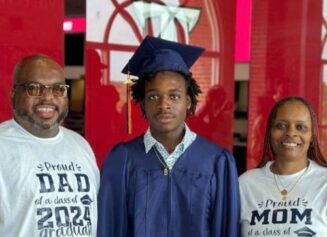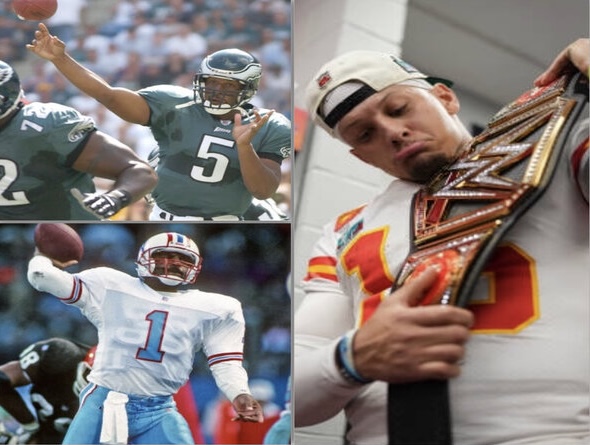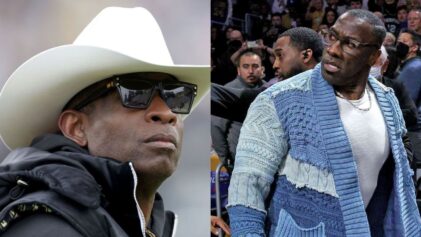Over the past few years, and especially since the beginning of the 2013 season, much has been made over the influx of black quarterbacks in the NFL. The uptick in starting black quarterbacks in the NFL, nine to start the season, is undoubtedly a by-product of an increase of signal-callers in major college football programs.
Lost in the success and breaking down of barriers for Black quarterbacks is the affect it has had on the quality of quarterbacks at HBCUs. As late as the 1990s, if you were a quarterback that wanted to play Division I football, your options were pretty much limited to a few schools with option-friendly offenses and HBCUs. Steve McNair ended up at Alcorn State in the early '90s because college coaches, including Steve Spurrier at Florida, wanted him to switch positions. If Cam Newton had been born in 1969 instead of 1989, he may have ended up as a linebacker at Auburn instead of quarterback. That's just the way things were then.
The first great wave of great quarterbacks at black colleges came in the '60s, when players like Florida A&M's Ken Riley, Grambling's James Harris and the Tennessee State duo of Eldridge Dickey and Joe Gilliam Jr grabbed the attention of pro scouts. While Dickey and Riley would be forced to switch positions in the NFL, Gilliam and Harris went on to have varying levels of success at the pros. They poked the door open, then Grambling State's Doug Williams broke it down.
Williams was picked 17th overall by the Tampa Bay Bucs in the 1978 draft. He went on to lead the team to the NFC championship just a few years into his career before being forced out of Tampa. He would go on to win Super Bowl MVP honors, forever etching his name in stone. Following him in the '80s was Willie Totten, who set numerous records throwing to Jerry Rice at Mississippi Valley State, but failed to stick in Buffalo.
The '90s was another renaissance era for HBCU quarterbacks as like McNair, Howard's Jay Walker and Grambling's Kendrick Nord were putting up ridiculous numbers. Don't believe me? Just check out this vintage footage of McNair vs. Nord in 1994.
Since then, however, things haven't quite been the same. The last quarterback from an HBCU picked in the NFL Draft was Tavaris Jackson, who finished up his career at Alabama State after transferring from Arkansas.
The forecast for HBCUs isn't all doom-and-gloom, though. Last season, Kam Smith threw for over 4,000 yards and 43 touchdowns while leading Winston-Salem State to a Division II Championship Game appearance. This season, Southern's Dray Joseph ranks among the top FCS passers in several categories. Prarie View's Jerry Lovelocke accounted for seven touchdowns in an upset over Stephen F. Austin on Saturday. Tennessee State's Michael German, the 2011 Ohio Valley Conference Rookie of the Year, has pro size (6'3, 230 lbs) and production (8 passing touchdowns in less than three games).
Following McNair's death, ESPN's Len Pasquarelli pondered whether we had seen the last HBCU quarterback drafted in the first round. While it doesn't look like any of these players will end up as first round picks, followers of Black College Football hope that the days of the HBCU quarterback will live on past microfilmed memories.



